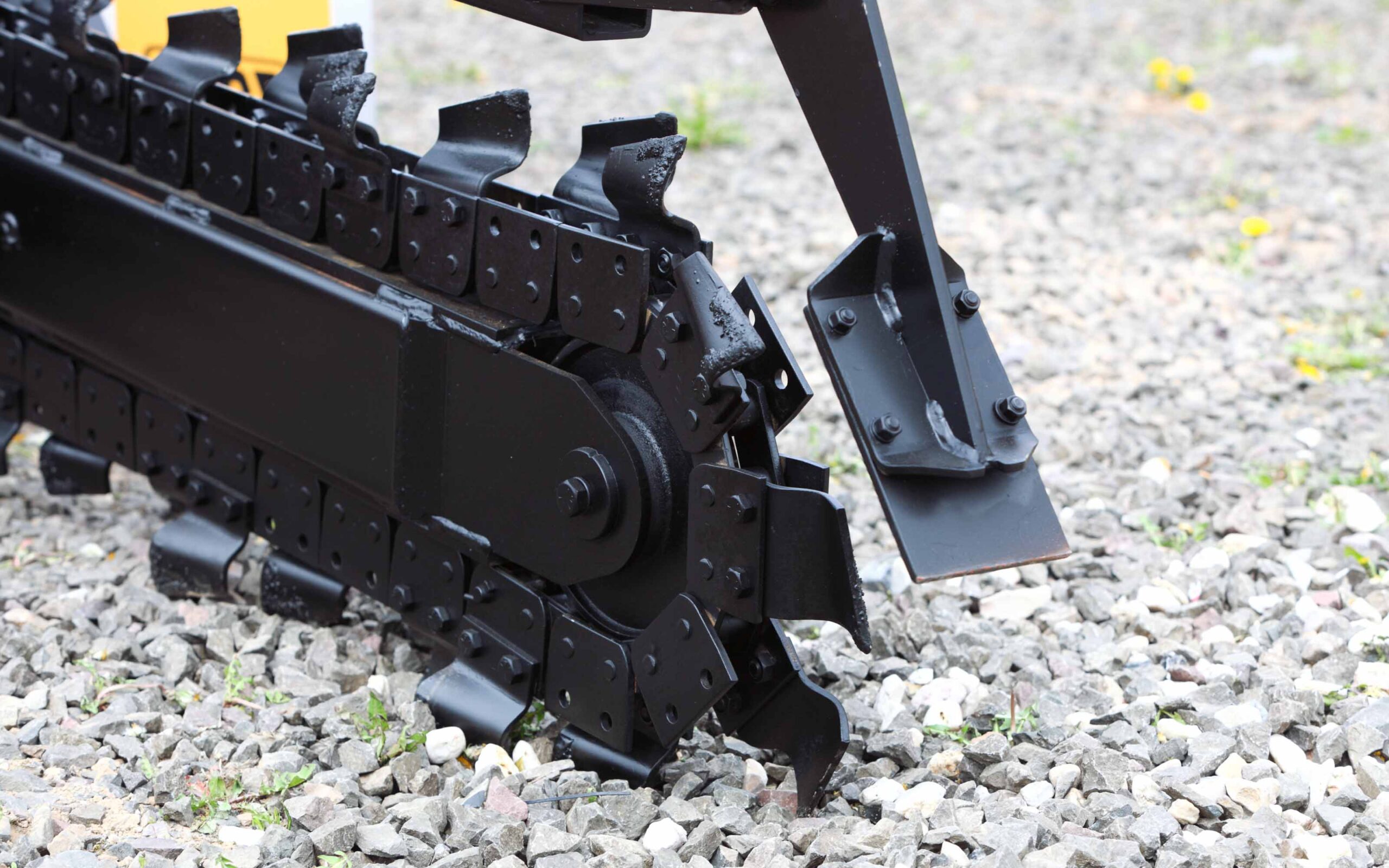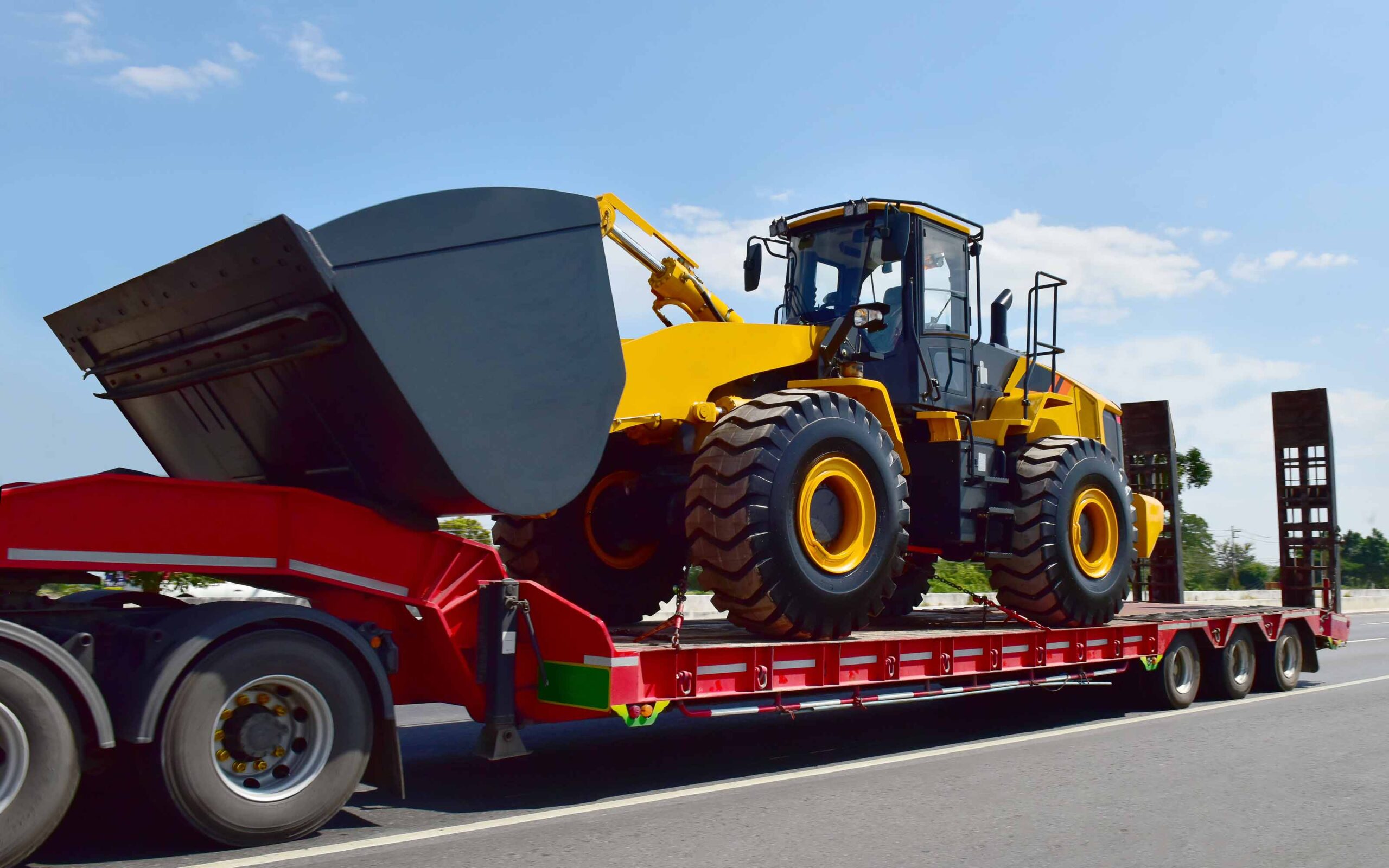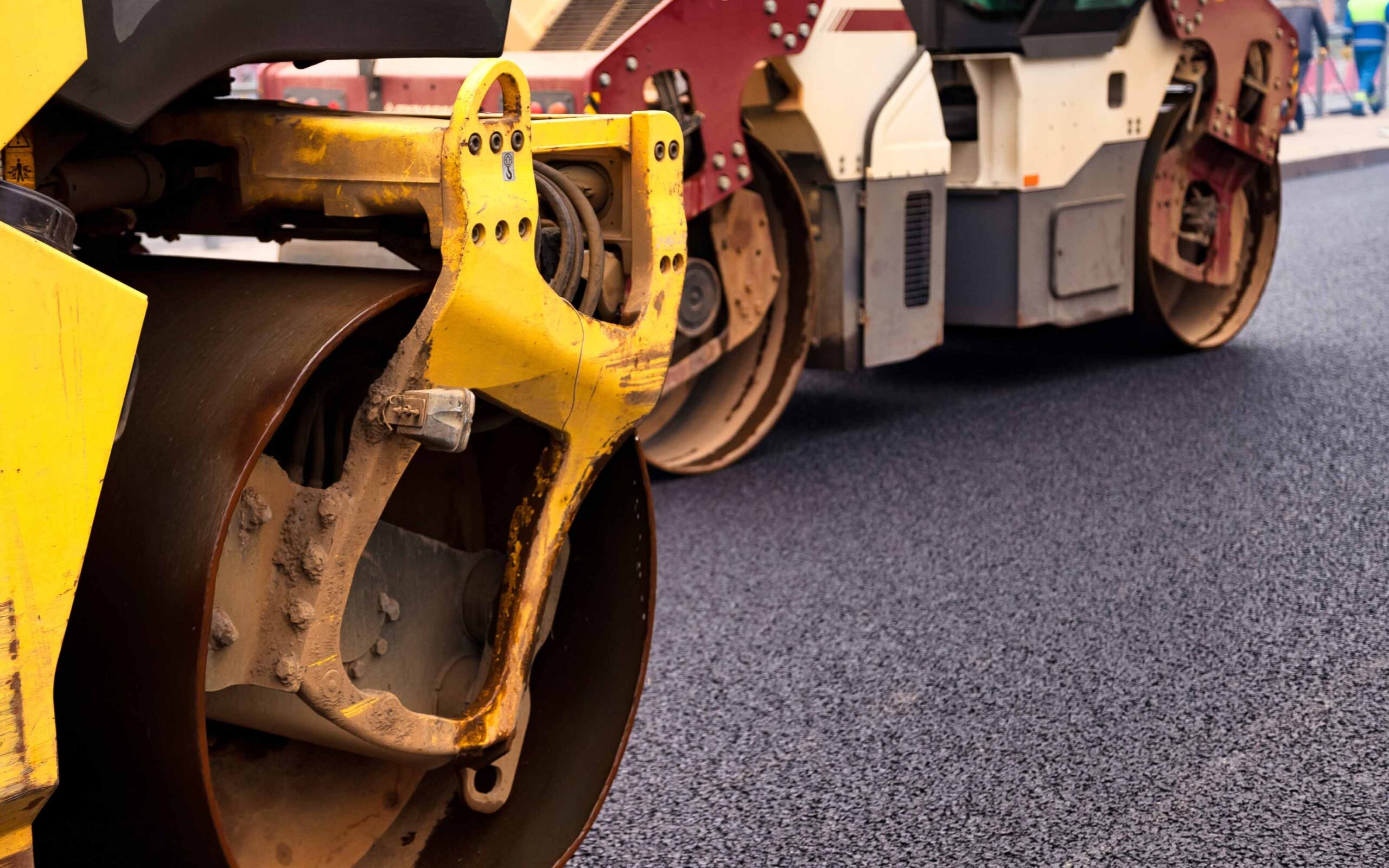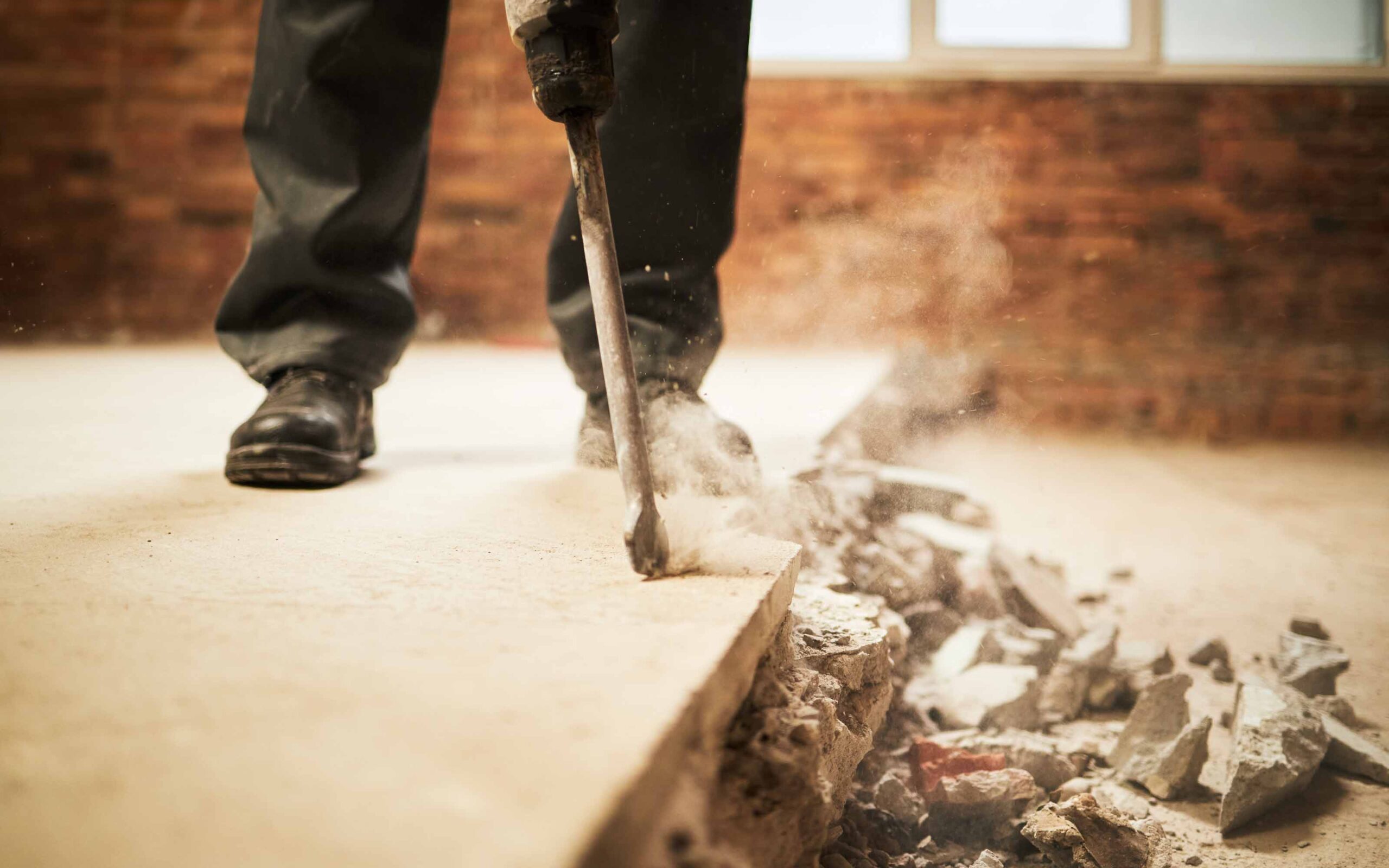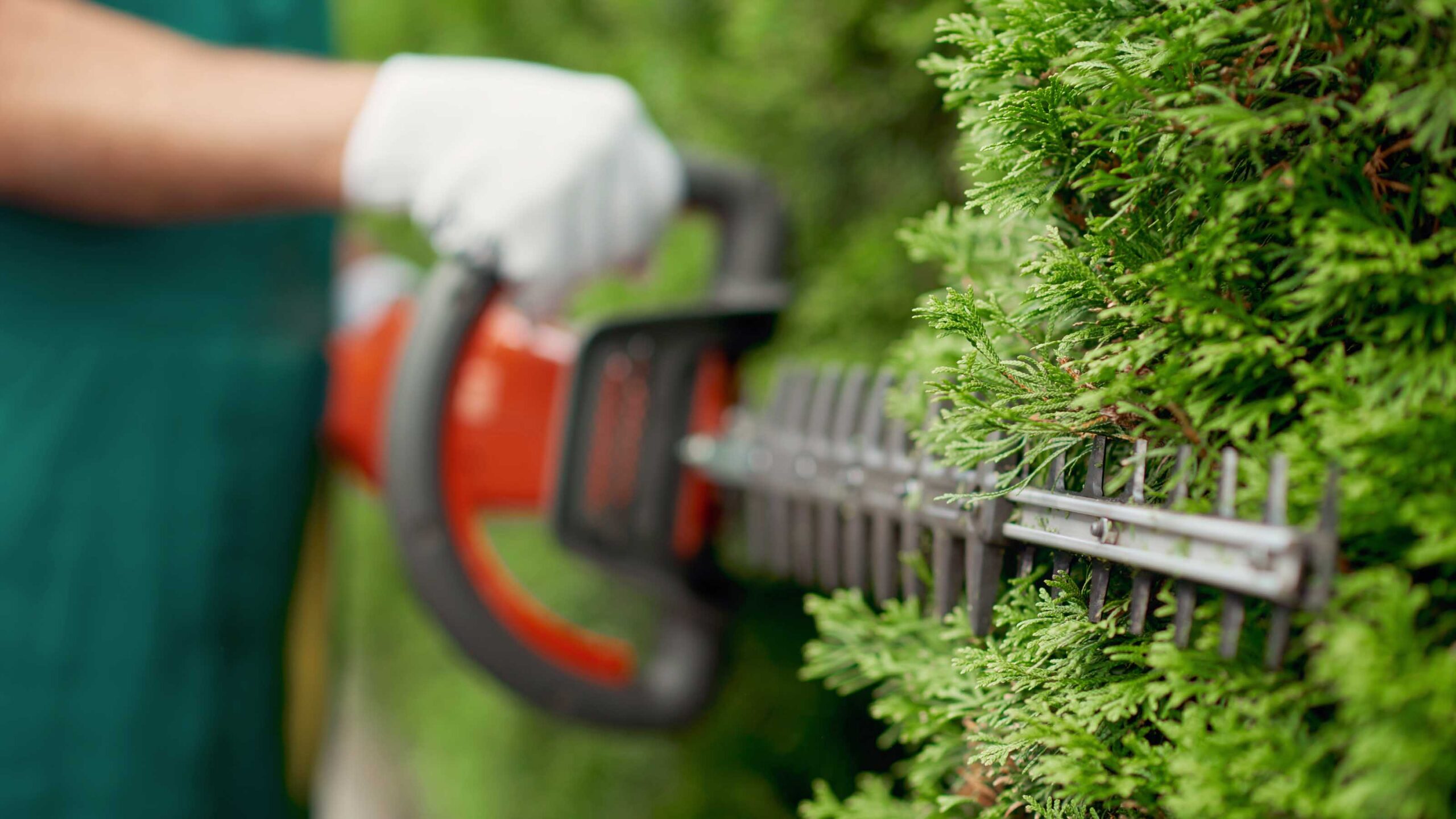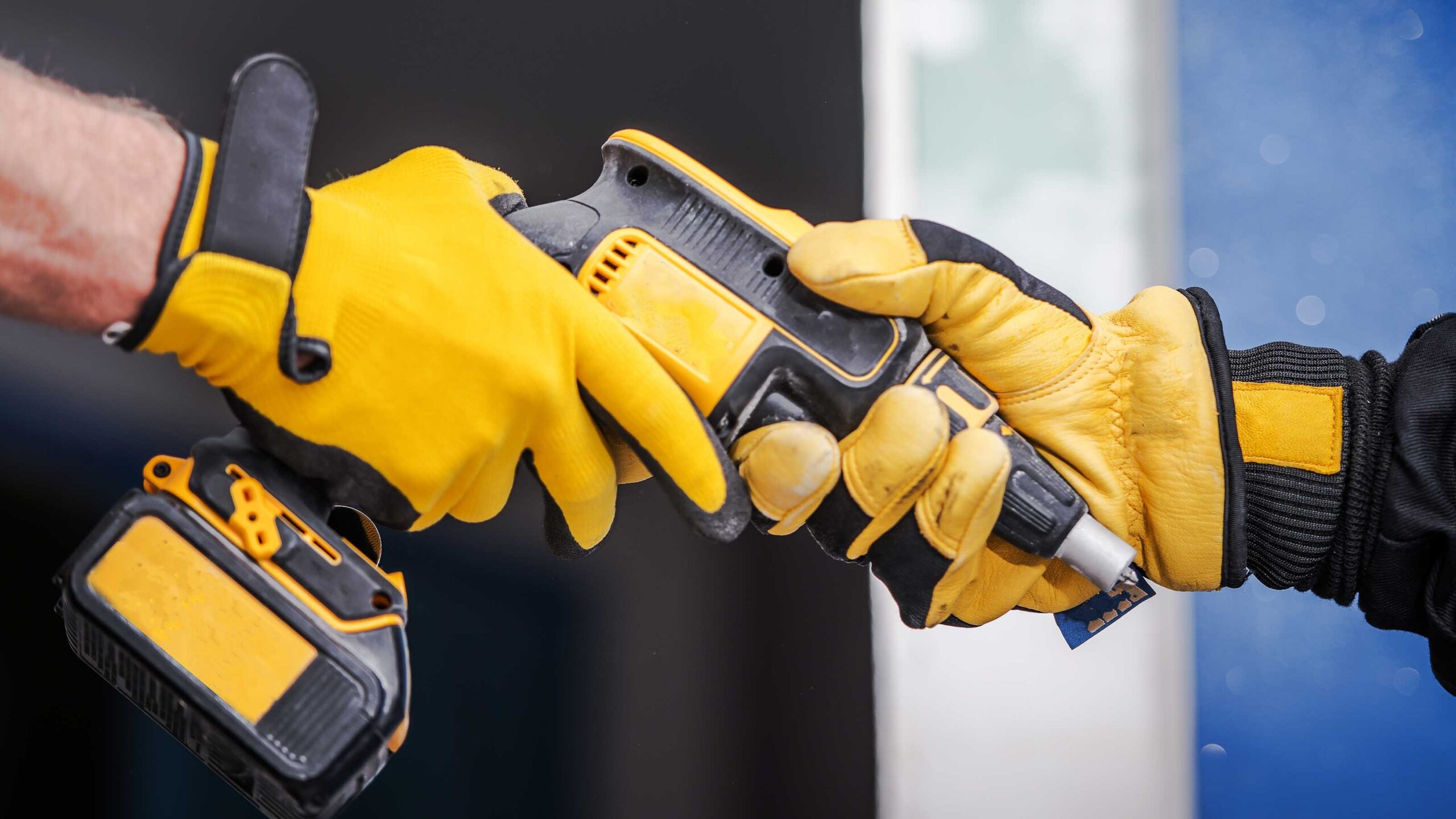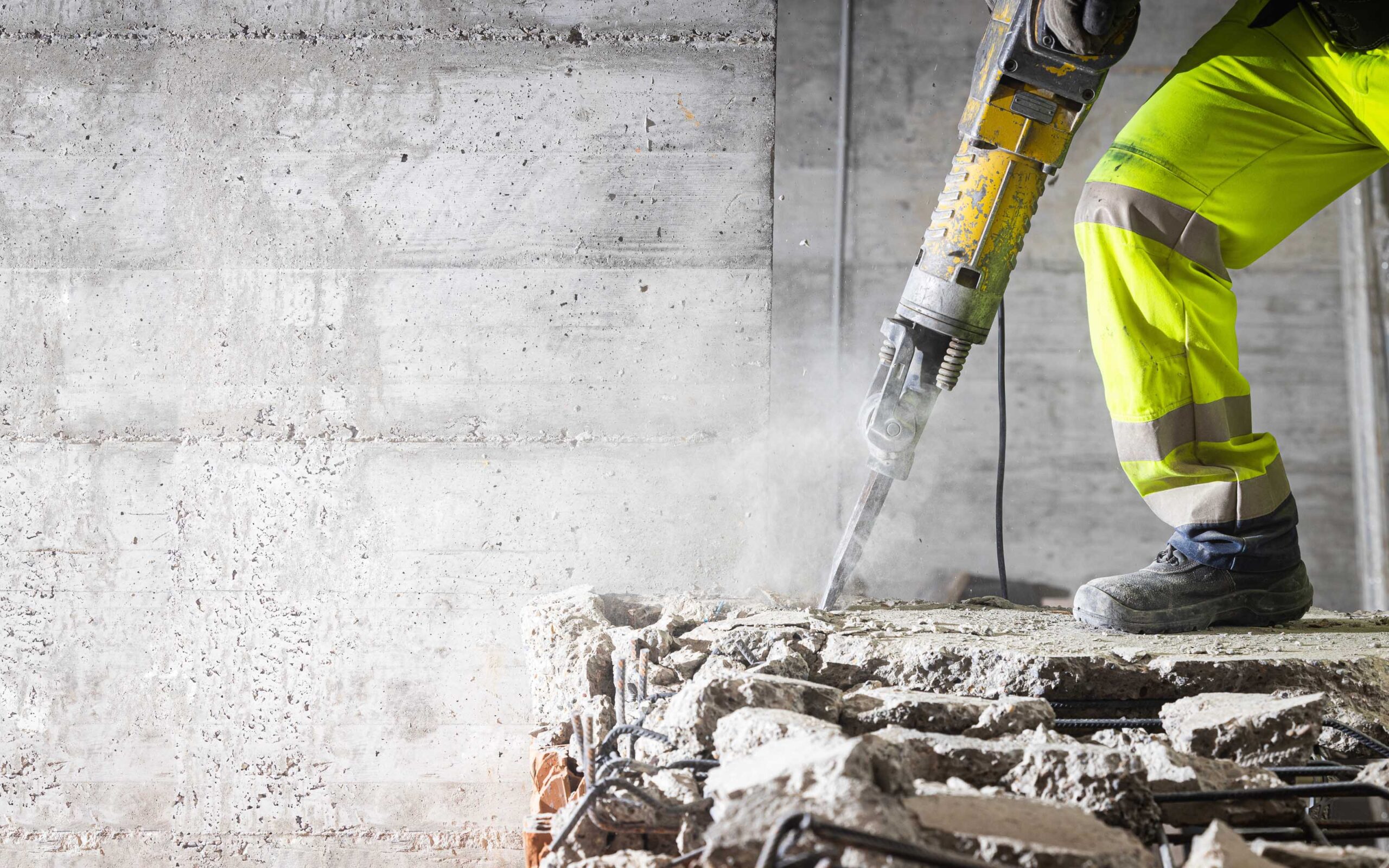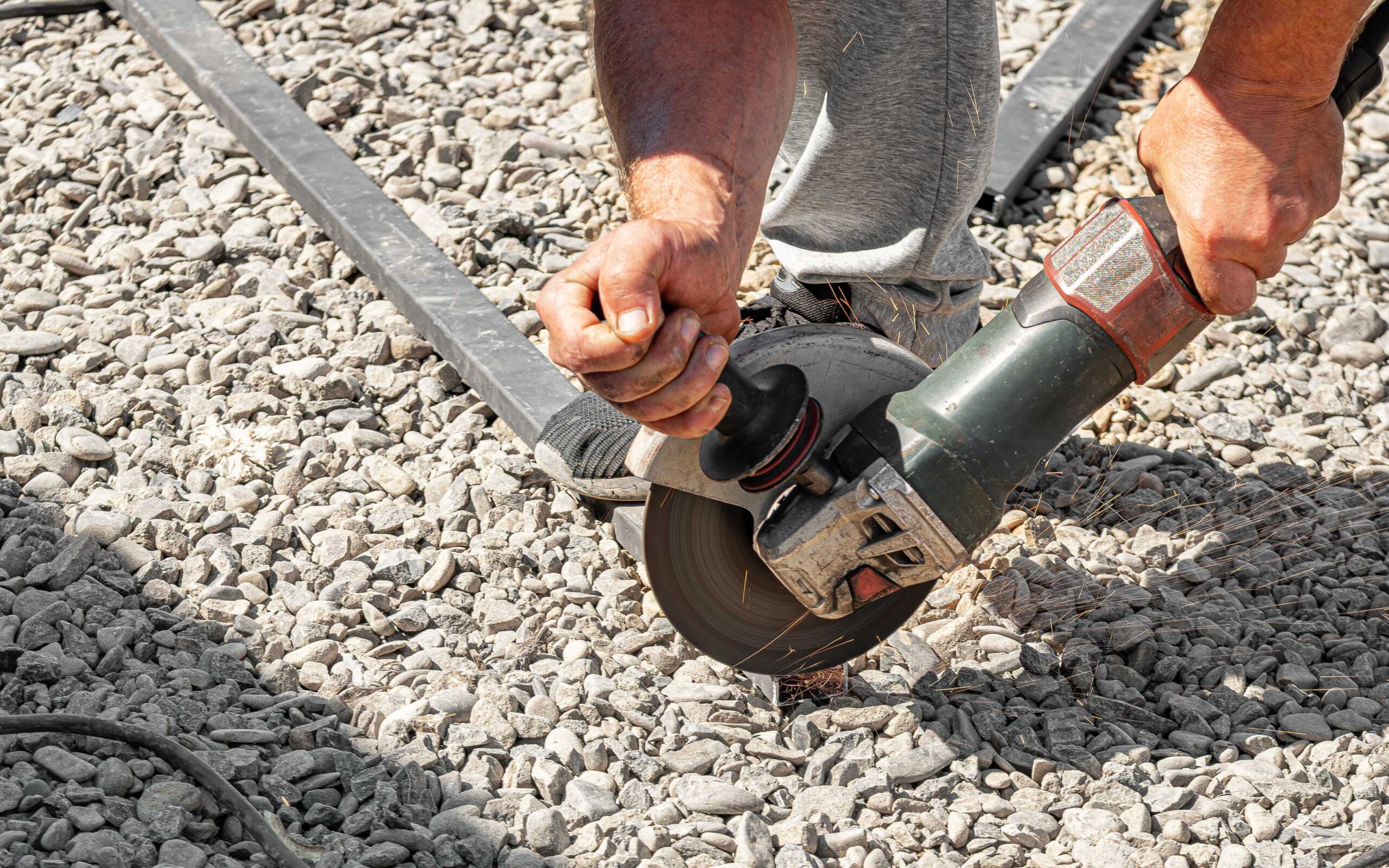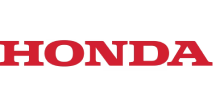Renting heavy equipment can be a cost-effective way to complete a project without the commitment of purchasing expensive machinery. Whether you’re tackling a DIY project, running a construction company, or managing a job site, rental equipment can save time and money. However, if this is your first time navigating the rental process, there are a few key things to consider. These expert tips will help ensure a smooth rental experience so you can focus on getting the job done.
1. Understand Your Equipment Needs
Before heading to a rental company, determine exactly what type of rental equipment is best for your project. Are you working on a large construction job that requires aerial lifts or skid steers? Or do you need smaller tools for a short-term home improvement project? Knowing the size, power, and functionality of the equipment will help you choose the right machine and avoid unnecessary delays.
2. Research the Rental Company
Not all companies offer the same rental experience. Some specialize in heavy machinery, while others focus on smaller tools and household equipment. Look for a reputable equipment rental provider like TRS Equipment Rental with positive reviews and a variety of rental options. A good rental company should offer well-maintained machines, clear rental agreements, and excellent customer service.
3. Read the Rental Agreement Carefully
The rental agreement outlines the terms of your equipment rental, including costs, rental duration, and any potential additional fees.
Pay close attention to:
- Rental period: Whether it’s short-term or long-term, be clear on when you must return the equipment to avoid late fees.
- Damage policies: Understand who is responsible for repairs if something goes wrong.
- Additional fees: Some companies charge extra for fuel, cleaning, or delivery services.
Reading the fine print ensures there are no surprises when you receive your final bill.
4. Inspect the Equipment Before Use
Before leaving the rental lot, take a few minutes to inspect the equipment. Look for any signs of damage, wear, or missing parts. If you notice anything unusual, inform the rental company immediately to avoid being held responsible later. Also, ask for a quick demonstration if you’re unfamiliar with how the machine operates.
5. Know the Proper Usage and Safety Guidelines
If you’re renting heavy equipment like skid steers or aerial lifts, make sure you understand how to operate them safely. Many rental companies provide safety manuals or brief training sessions. Also, ensure your job site is prepared for the equipment, with enough space for maneuvering and a stable surface for operation.
6. Plan for Equipment Return
When your rental period ends, return the equipment on time to avoid additional fees. If necessary, ensure it’s cleaned and refueled, and check for damage before returning it. If you need to extend your rental, contact the company in advance to discuss your options.
Choose TRS Equipment Rental for a Seamless Experience
Renting equipment doesn’t have to be overwhelming. By following these expert tips, you’ll save time and money while ensuring a hassle-free rental experience. Whether you need short-term or long-term rentals, TRS Equipment Rental provides high-quality machines, clear rental agreements, and outstanding customer service.

